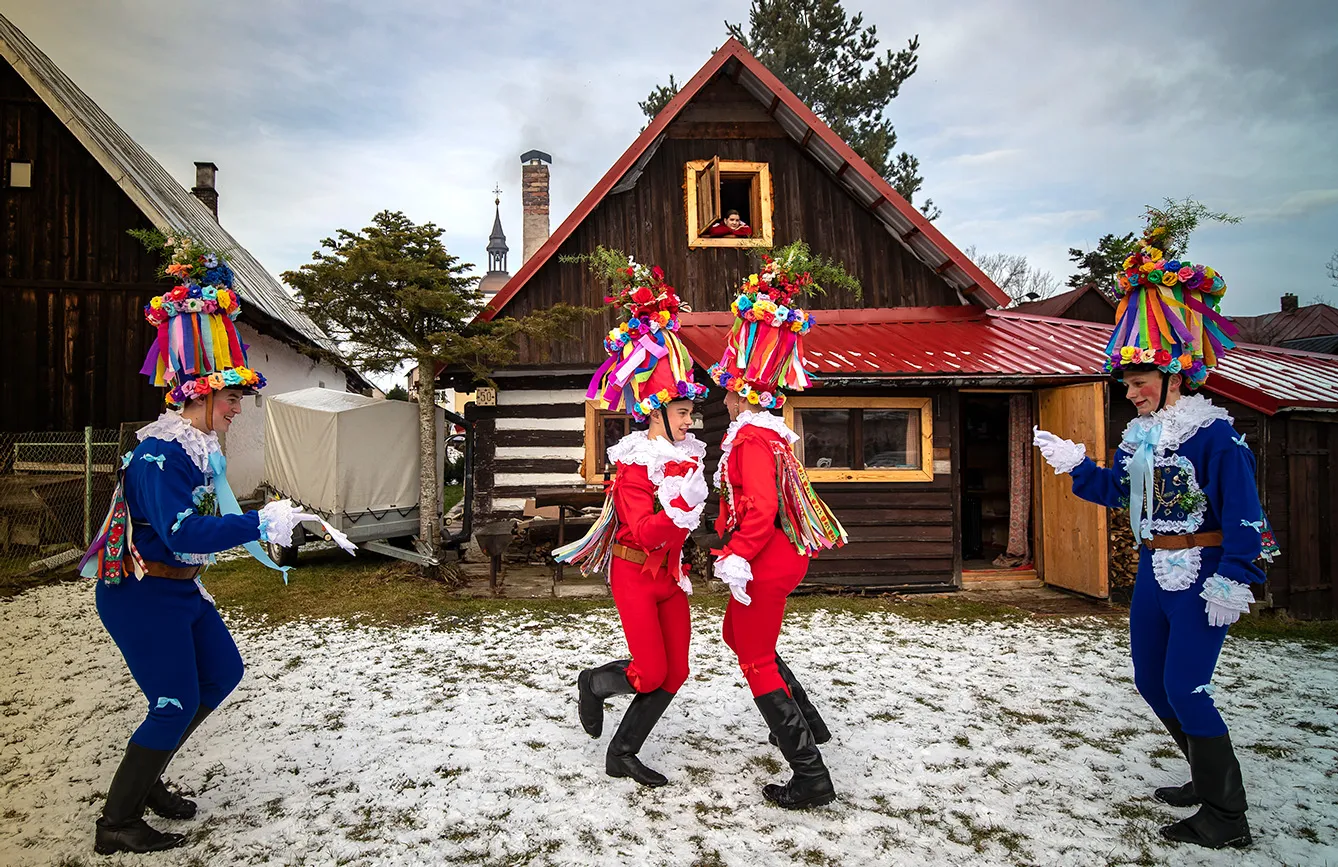Even though all nations celebrate the same moment in the annual cycle, each developed unique traditions. Central Europe is no different. Colorful, loud pageants and merrymaking are present in virtually all 12 member states of the Three Seas Initiative. However – they are fundamentally different, with several listed by UNESCO as Intangible Cultural Heritage. So, who is the loudest, who is the most original, and who breaks the bank with the different variations of regional pageants?
Carnival: a feast before the fast
Many cultures developed special celebrations connected with the arrival of spring. However, it so happens that the Christian Easter and the Jewish holiday of Passover coincide and fall at some point in March or April. Especially as Christianity was spreading all over the world, the old pagan spring-greeting traditions were exchanged with the idea of carnival (supposedly from Latin carne + vale – farewell to meat). The massive main party would usually be held for three days before Ash Wednesday – the day that marks the beginning of fasting in preparation for the most holy of all Christian holidays – Easter.
Carnival has a set start date – January 6 – but its length differs from year to year, depending on when Ash Wednesday falls (in 2023, it falls on February 22). The party, although reinvented, still mixed pagan and Christian symbolism. During a typical Slavic and Germanic Carnival, the biggest feast takes place on the Tuesday before Ash Wednesday (also known as the Shrove Tuesday). Typically, but there is an exception we will disclose later in the text.
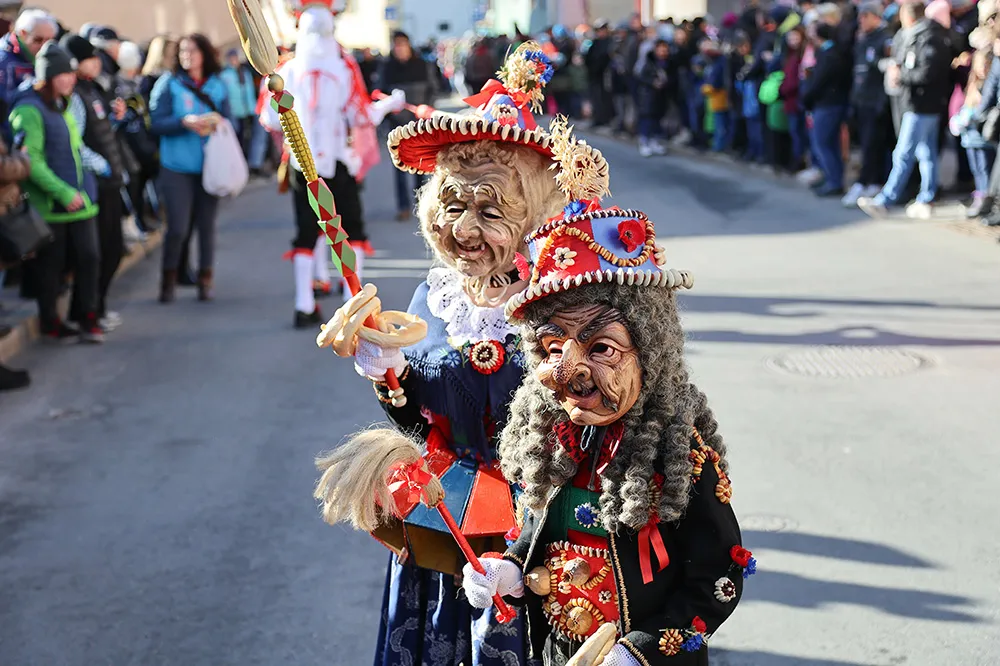
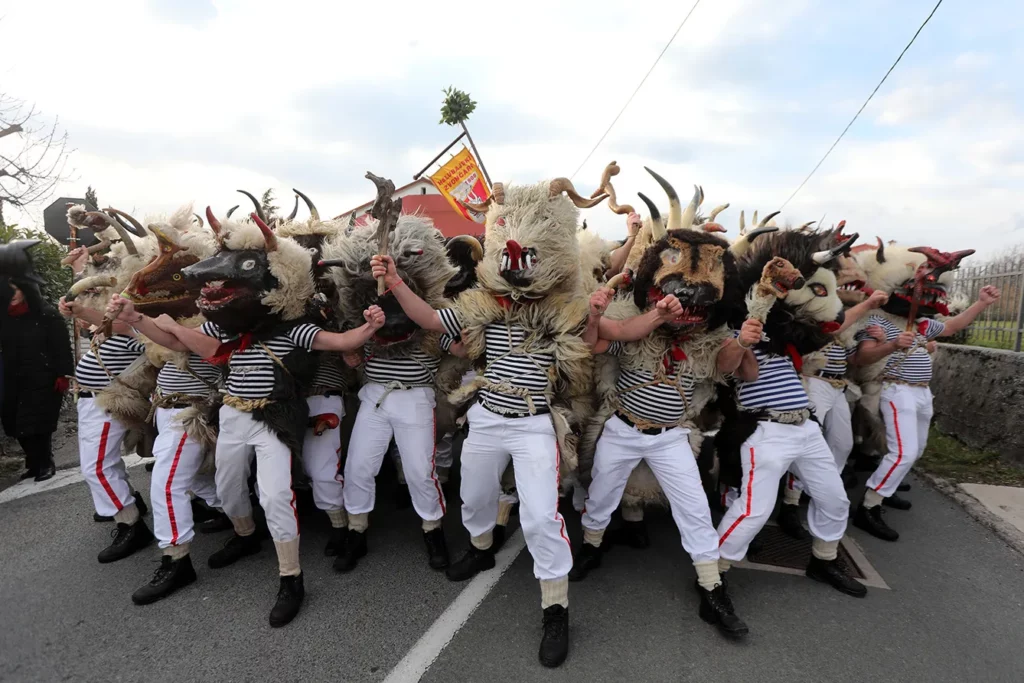
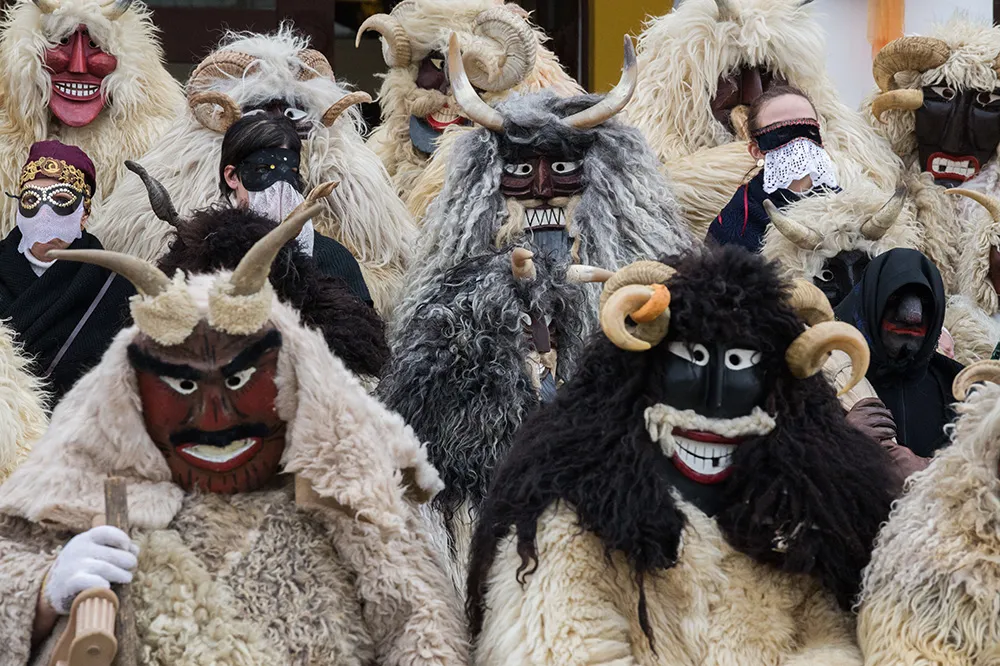
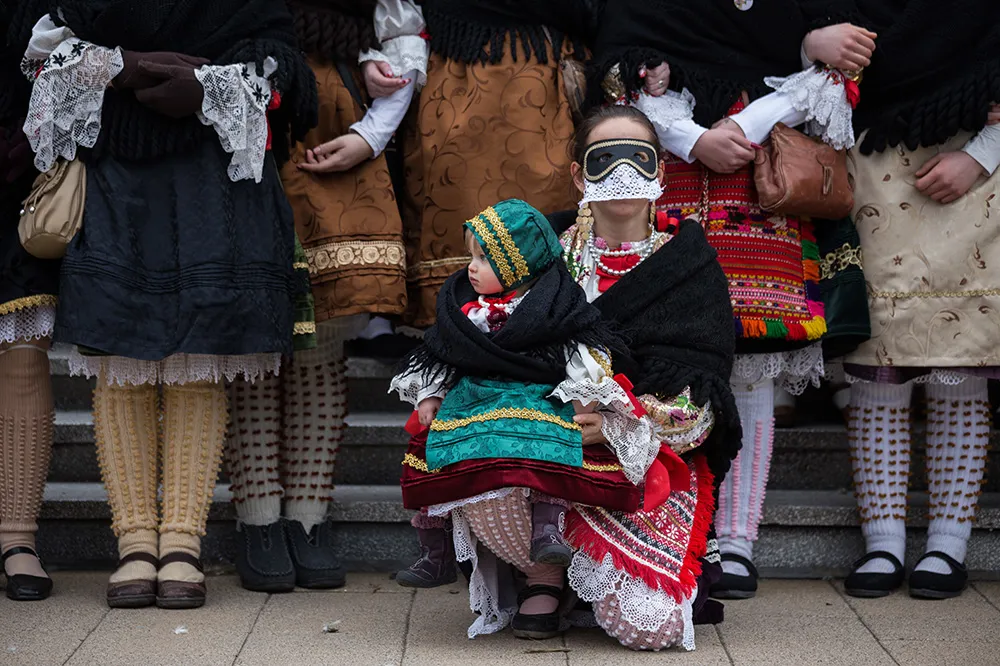
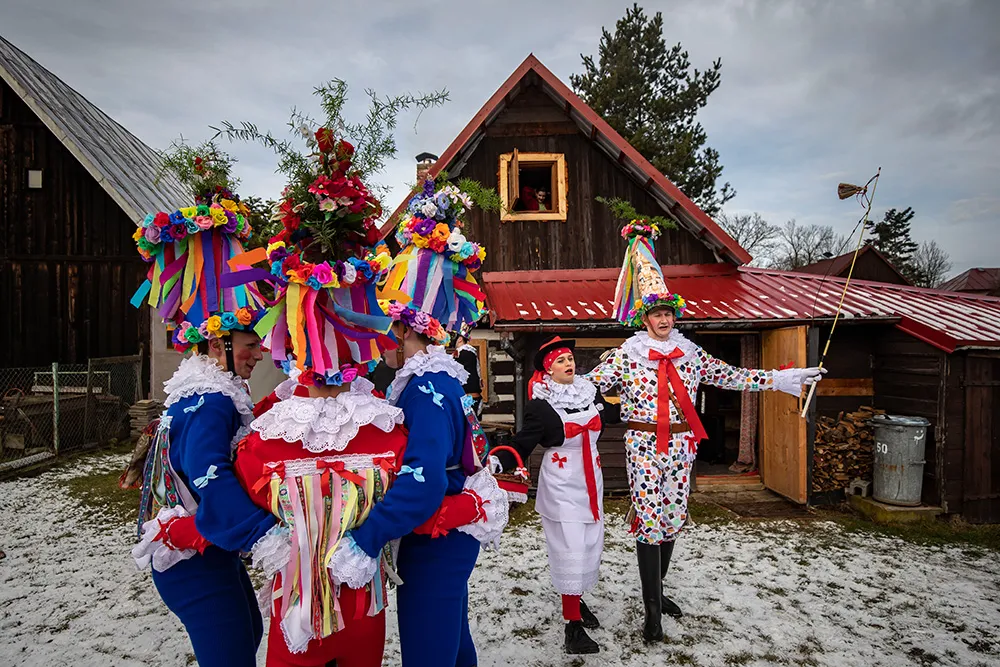
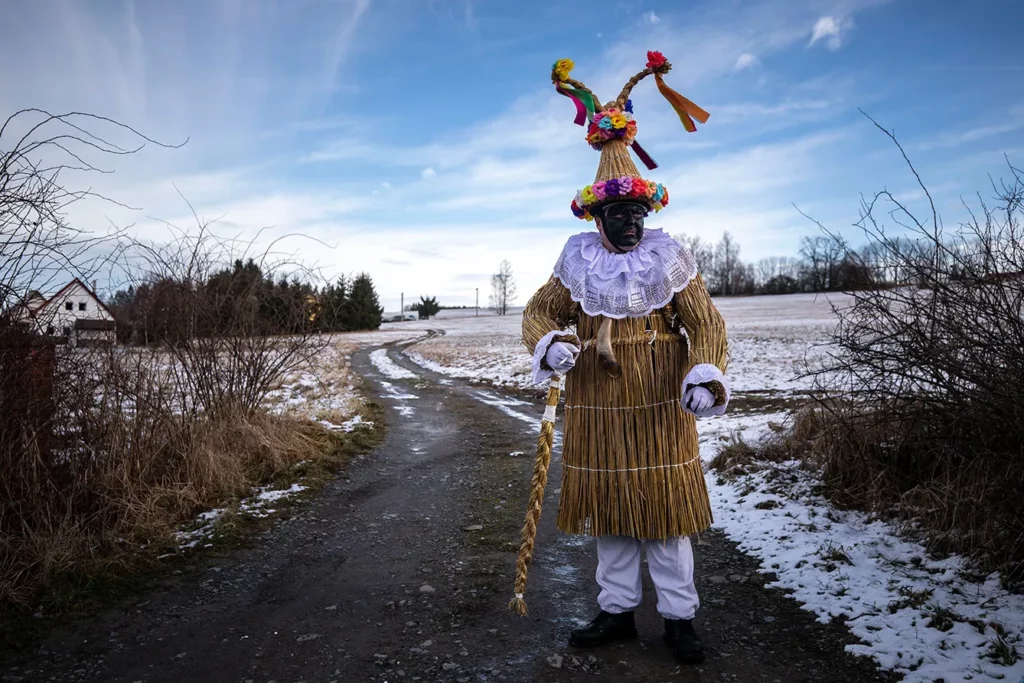
What is common in Central European carnival?
Pageants, music, a highly undefined ‘drop’ of alcohol, and indulgent foods. These days, preferably sweet treats. Some traditions are very old, such as the Czech Masopust celebrations in Hlinecko and Croatian poklad in the small island community of Lastovo. On the other hand, some are fairly recently resurrected versions of former celebrations (for example, the Rijeka Carnival in Croatia). However, regardless of how long ago it was established, it is always a rather far-from-holy celebration. It’s an opportunity for people to let their hair down and enjoy plenty of food, games, dance, music, and „highly spirited” beverages for the last time before the fasting period.
In the Slavic countries of Central Europe, the celebrations often include a character to fear. Be it a representation of an archetype enemy (like the Turks) or the personification of winter. The character is somehow usually ritually executed (disemboweled, drowned, burnt.. you get the picture). In many places, the traditional treat will be a variation on the doughnut. And not the American version, with the center missing, but the deliciously round balls of yeast dough with a sweet filling inside (jam in Poland and Hungary, custard in Tirol). The doughnut seems to epitomize everything that tales the front scene during carnival celebrations: it is big, greasy, sweet, filling, and leaves you with a warm, comforting sensation.
What is unique?
The common features of the celebrations do not mean that they are all the same. Not at all! Otherwise, why would UNESCO have bothered to enter selected pageants into the organization’s List of Intangible Cultural Assets? The list features the Schemenlaufen, the carnival of Imst (Austria), Shrovetide door-to-door processions and masks in the villages of the Hlinecko area (Czechia), the Annual carnival bell ringers’ pageant from the Kastav area (Croatia), and Busó festivities at Mohács: masked end-of-winter carnival custom (Hungary).
And the pageant variations are not limited to existing only between the countries. For example, you would probably need more than a decade to participate in all the different carnival processions in the Tirol region of Austria alone. It is particularly abundant in unique and elaborate traditions, with some events organized once every three to five years. And since they all fall more or less at the same time, you would not likely be able to visit them all in one year.
What is also different? The Poles. It is no surprise that they like to party, and although most carnival pageants are spread over a few days of the Shrove Week, Poland takes a different approach. Instead of prolonging one holiday, why not have two? This way, the Poles are perhaps the only nation of Central Europe to observe Shrove Thursday (rooted in the pagan and Roman tradition) as a separate event. On that day, the consumption of doughnuts rises, reaching tens of thousands. They then take a short rest before… eating some more.
Polish people also join in the Christian heritage of Shrove Tuesday (aka Fat Tuesday) with the celebration of zapusty, often referred to as ‘herring day’ (since in many places of Poland, a marinated herring would serve as a main snack). However, they don’t tend to party as loud as the people of the other Three Seas States. Traditionally, they participated in kuligi – a ride in a sled pulled by horses. These days, zapusty is a more sedentary-eating event than a full-blown party for most Poles. They probably still feel rather heavy after eating all the doughnuts the week before!
Be sure to also check polish Łazy radio mast.


